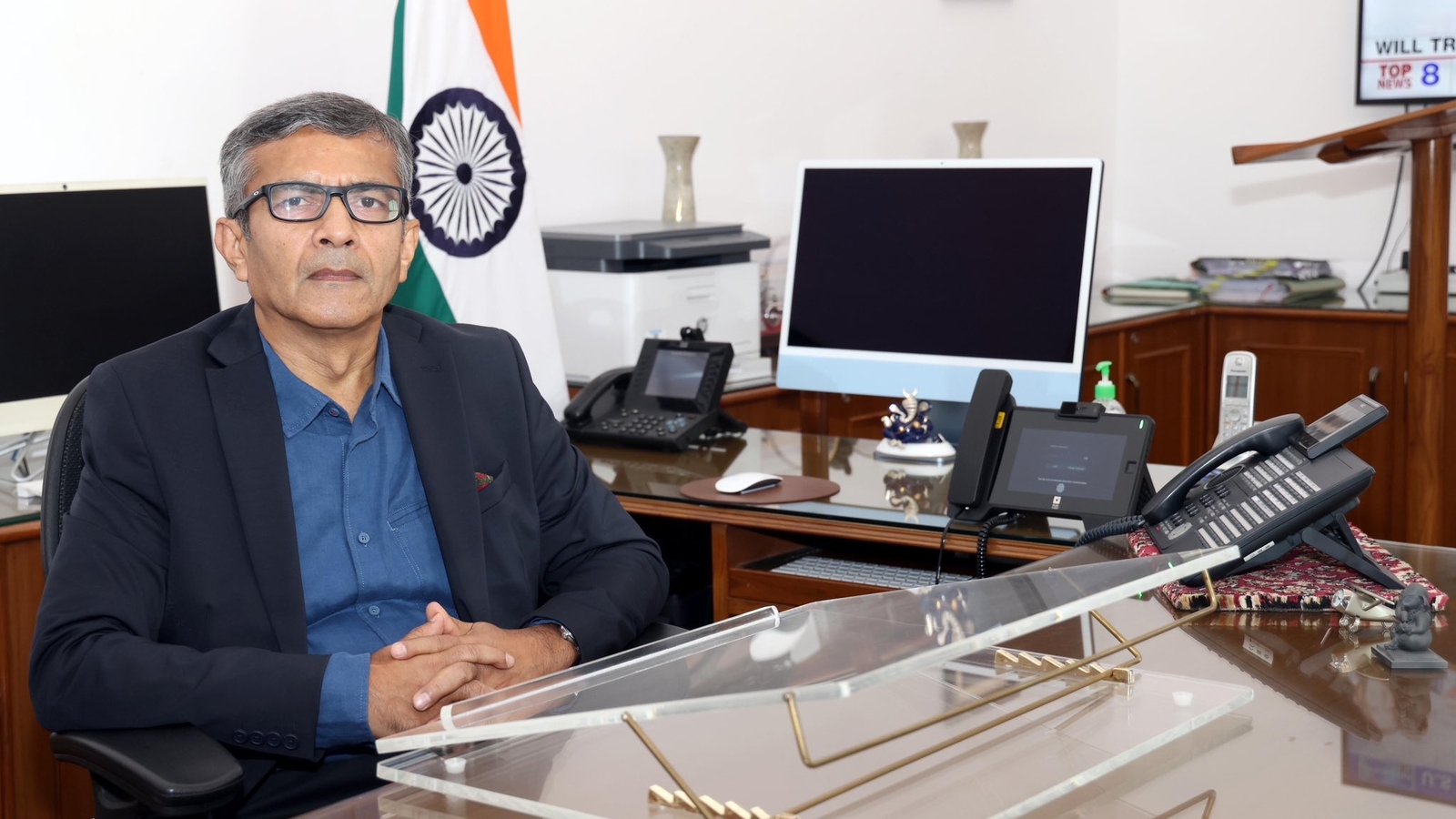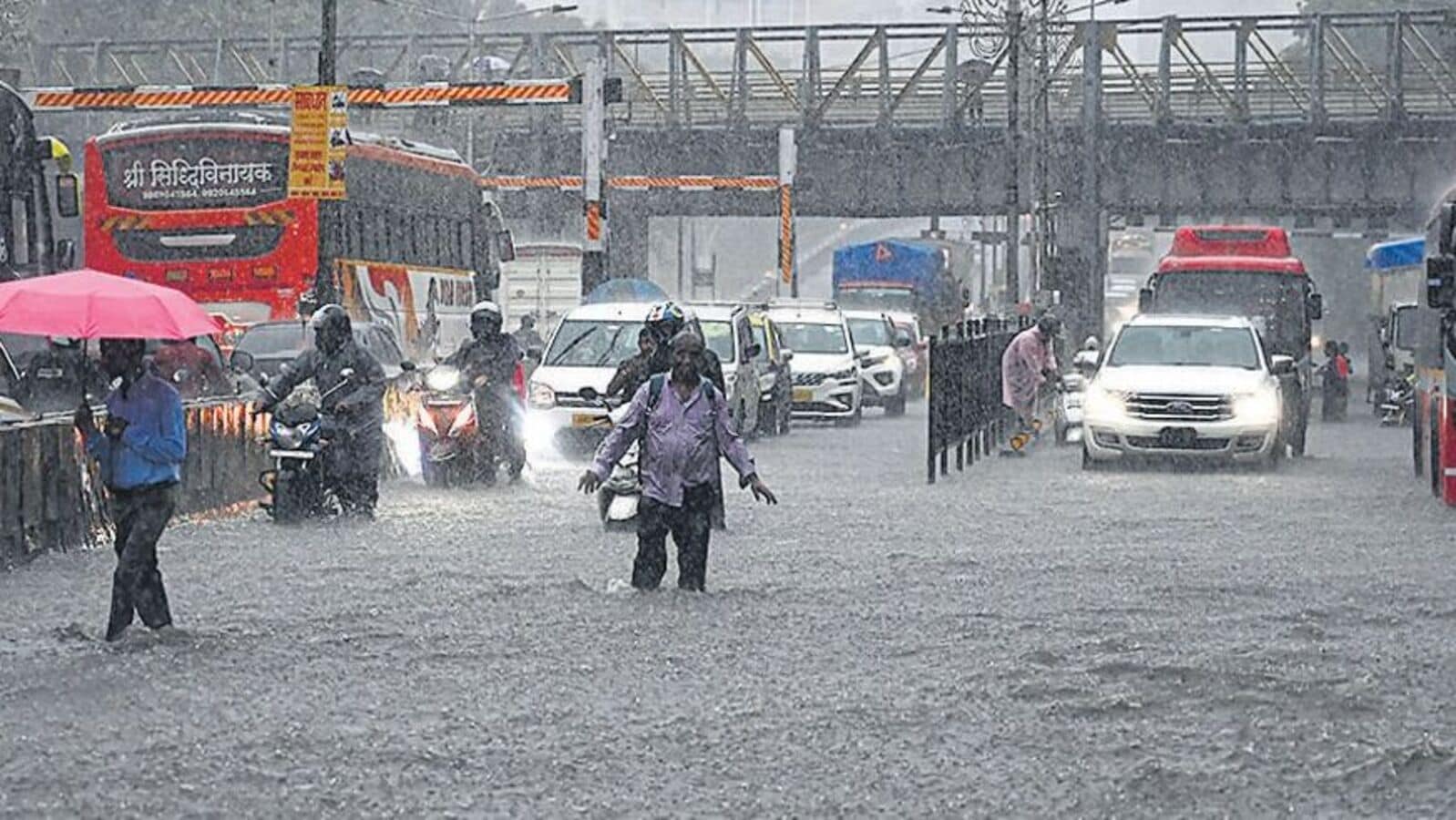The government is taking steps to shorten the weapon procurement cycle to accelerate the modernisation of the armed forces, defence secretary Rajesh Kumar Singh said, adding that the timelines have already been cut by more than a year.

Speaking at a defence conclave on Friday, Singh said that move will save “about 69 weeks” and the Defence Acquisition Procedure 2020, the document that spells out the procurement process, is being revisited to reflect current realities.
“The defence ministry has already, in the year of reforms, slashed the timelines for some of the processes in the procurement cycle. This would save about 69 weeks overall in the process timeline.”
“There is a need to shift away from the traditional nomination-based procurement focused mostly on the public sector to a more competitive pricing model where both the public and private sector can compete for orders,” Singh said.
He highlighted that the new approach is “already being implemented for shipbuilding and recently for the AMCA (advanced medium combat aircraft) project”.
The government on May 27 unveiled the plan to fast-track the development of AMCA — an indigenous fifth-generation stealth fighter — and announced that the execution model will be competitive and provide equal opportunities to public and private sector firms to participate in the project.
The approval of the industry partnership model by defence minister Rajnath Singh came at a critical moment as state-run plane maker Hindustan Aeronautics Limited (HAL) — the sole manufacturer of fighter jets in the country — was so far believed to be the front-runner for the project.
The model unlocks new possibilities for the local aerospace industry, including firms such as Tata Advanced Systems Limited, Larsen & Toubro, Adani Defence and Aerospace and the Mahindra Group. To be sure, HAL is still a strong contender for the project.
The defence secretary said, “Atmanirbharta (self-reliance) in defence is critical not only for preserving the strategic autonomy of the country, but also for achieving the broader goal of Viksit Bharat (developed India).”
Measures such as shifting from cost-based pricing to competitive bidding, removing legacy aspects such as product reservation for public sector units and slashing procurement timelines by weeding out rigid and redundant procedures would lead to broadening and diversification of the defence industrial base, he said.
The defence ministry has declared 2025 as the year of reforms aimed at transforming the military into a technologically advanced, combat-ready force capable of tackling new challenges.
On May 29, the chief of the air staff Air Chief Marshal AP Singh put the spotlight on the armed forces’ agonising wait for new weapons and systems, saying he could not recall a single instance of a project being executed on time.
“Timelines are a big issue,” he said, in his first public comments after the May 7-10 military confrontation with Pakistan under Operation Sindoor.





